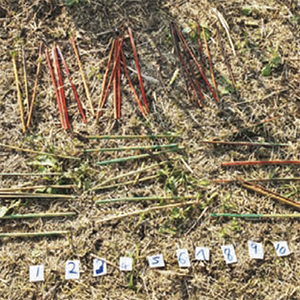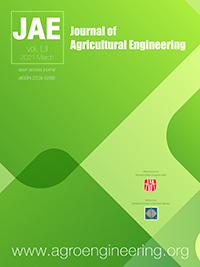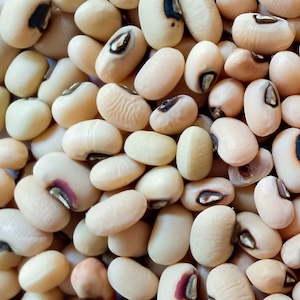Biomimetic tool design improves tillage efficiency, seedbed quality, and straw incorporation during rototilling in conservation farming

All claims expressed in this article are solely those of the authors and do not necessarily represent those of their affiliated organizations, or those of the publisher, the editors and the reviewers. Any product that may be evaluated in this article or claim that may be made by its manufacturer is not guaranteed or endorsed by the publisher.
Authors
Rotary tillage facilitates conservation agriculture in rice-based crop farming systems through minimal soil disturbance for seedbed preparation and crop residue management. However, efficiency of rotary tiller blades is hampered by degraded paddy soils and excessive crop residue conditions. Biomimetics presents an edge in the optimisation design of cultivation tools and can be employed to improve the efficiency of rotary tiller blades. This study was designed to evaluate the adaptability and performance of biomimetic rotary tiller blades inspired by the geometric structure of a mole rat’s claw. Field experiments were conducted to evaluate the blades’ torque and power requirements, soil fragmentation, displacement characteristics, and the rate of straw incorporation at three tillage depths (i.e., 40, 70, and 100 mm). Results revealed that the biomimetic blades minimised torque by up to 21.05%, had lower specific power requirements, and produced finer tilths with granular and more even clod sizes than conventional blades. It also achieved more redistribution of topsoil and improved the straw burial rate. The biomimetic rotary tiller blades are thus energy-efficient and can improve soil structure and the quality of seedbeds, besides managing crop residues through incorporation, and therefore advance conservation tillage in intensive farming systems.
How to Cite

This work is licensed under a Creative Commons Attribution-NonCommercial 4.0 International License.












